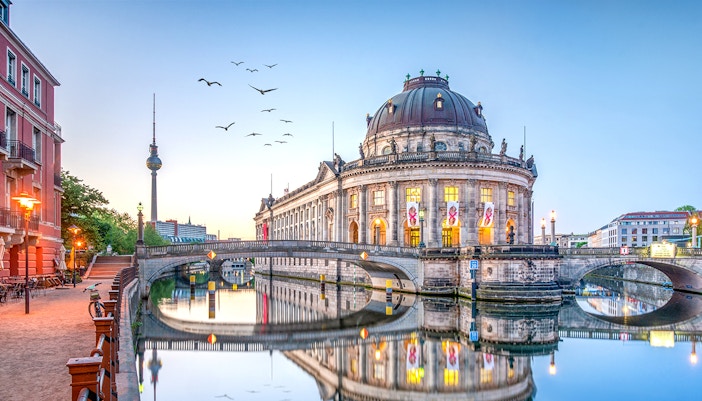- Berlin TV Tower
- Friedrichstadt Palast
- Tropical Islands
- Illuseum Berlin
- Sachsenhausen Concentration Camp
- DDR Museum
- Panoramapunkt Berlin
- Big Bus Berlin Hop-on Hop-off Tours
- City Sightseeing Berlin Hop-on Hop-off Tours
- Reichstag Tours
- Berlin Wall Museum
- Berlin Welt Balloon
- Berlin Icebar
- Madame Tussauds
- Samurai Museum Berlin
- LEGOLAND Discovery Centre Berlin
- Fotografiska Tickets
Greek, Roman, & Etruscan masterpieces at the Altes Museum
The Altes Museum is a gateway to the ancient world, offering a glimpse into the art and culture of Greece, Rome, and Etruria. Located on Berlin’s Museum Island, it was designed by Karl Friedrich Schinkel and opened in 1830 as Germany’s fir...
Also Known As
Old Museum
Founded On
1830
Founded By
Karl Friedrich Schinkel
Quick Information
ADDRESS
Bodestraße 1-3, 10178 Berlin, Germany
RECOMMENDED DURATION
1 hour
Timings
10:00–18:00
VISITORS PER YEAR
204000
TICKETS
From € 12
EXPECTED WAIT TIME - STANDARD
30-60 mins (Peak), 0-30 mins (Off Peak)
EXPECTED WAIT TIME - SKIP THE LINE
0-30 mins (Peak), 0-30 mins (Off Peak)
Did you know?
Opened in 1830, the Altes Museum was designed solely for fine art and antiquities, while natural history and ethnographic artifacts were placed elsewhere. This separation reflected Enlightenment-era ideals, which sought to separate ‘high culture’ from the study of nature and anthropology.
Before opening to the public, the Altes Museum housed the Prussian royal collection, featuring Greek and Roman antiquities acquired through diplomacy, purchases, and military campaigns. Some artifacts were taken from Napoleon’s seized collections after Prussia’s wars against France.
The grand rotunda, inspired by Rome’s Pantheon, was designed as more than just an architectural feature. Its circular form symbolized the universality of knowledge, marking antiquity as the foundation of European thought and intellectual enlightenment.
Must-see attractions and collections
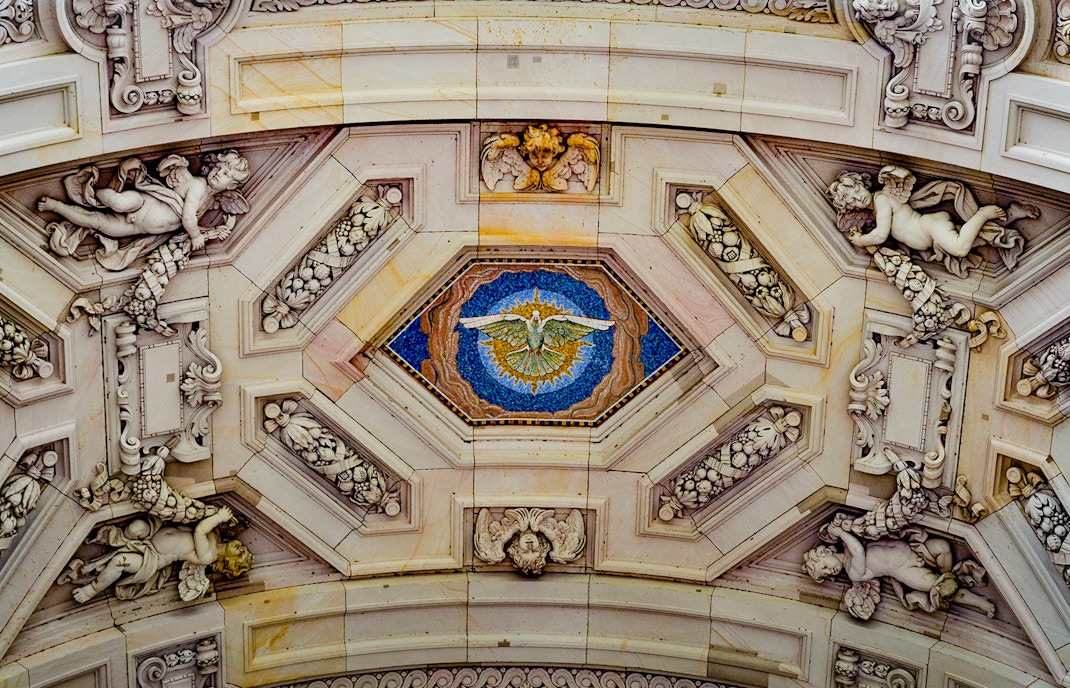
Collection of Classical Antiquities
Home to Greek, Roman, and Etruscan masterpieces, this collection features sculptures, pottery, jewelry, and everyday artifacts that bring the ancient world to life. Highlights include the ‘Berlin Goddess’, Praying Boy, and the ‘Wounded Amazon’.
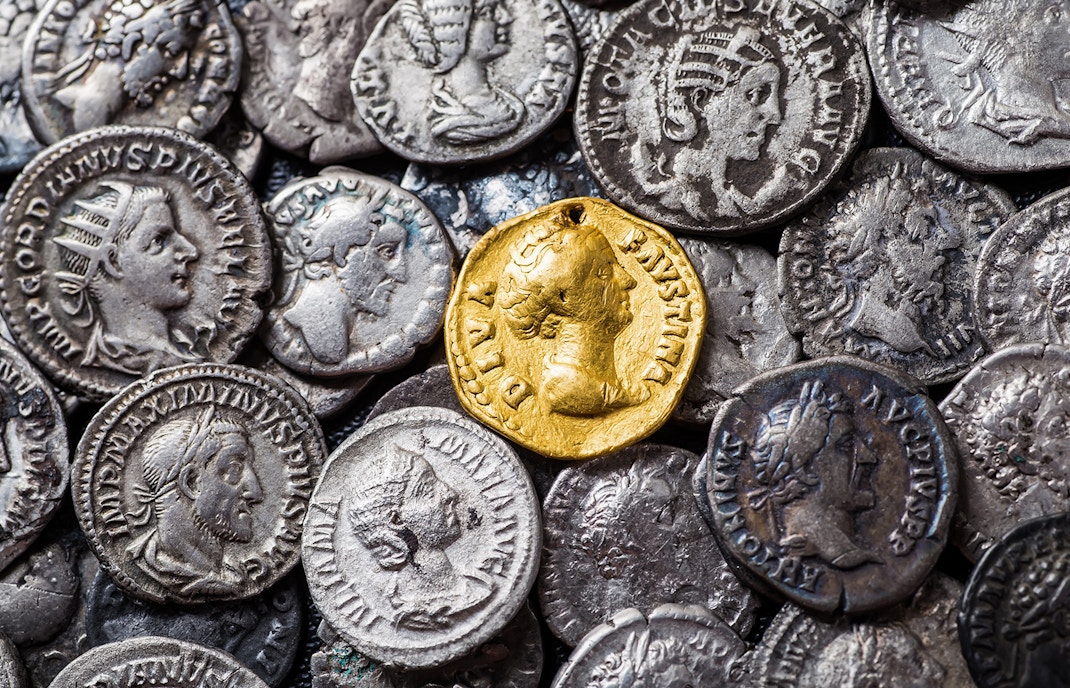
Coin collection
One of the world’s most comprehensive ancient coin collections, it showcases 1,300+ coins from early Greek electrum pieces to Roman imperial gold, revealing the economy, politics, and power struggles of the ancient world.
Iconic artifacts inside the Altes Museum
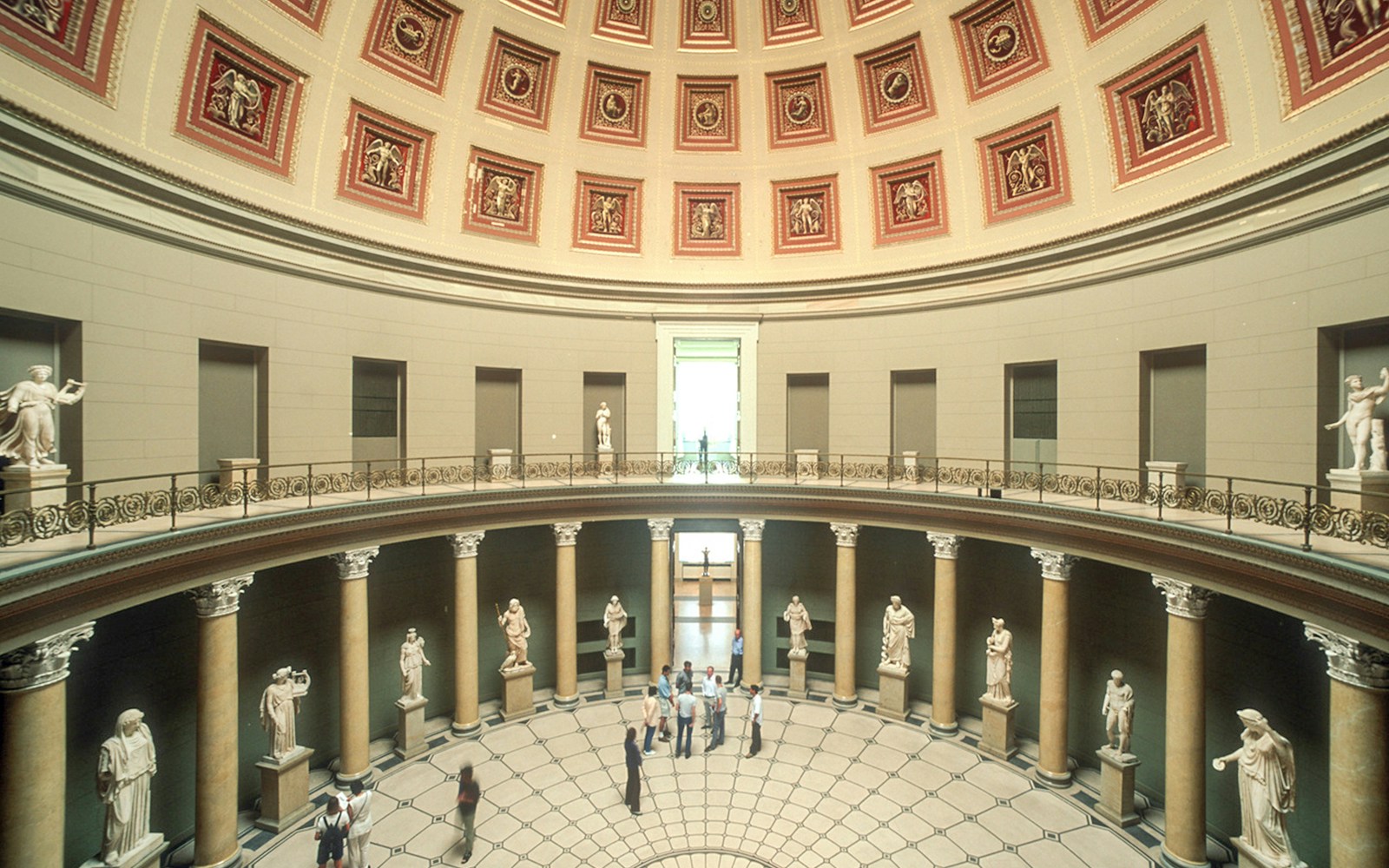
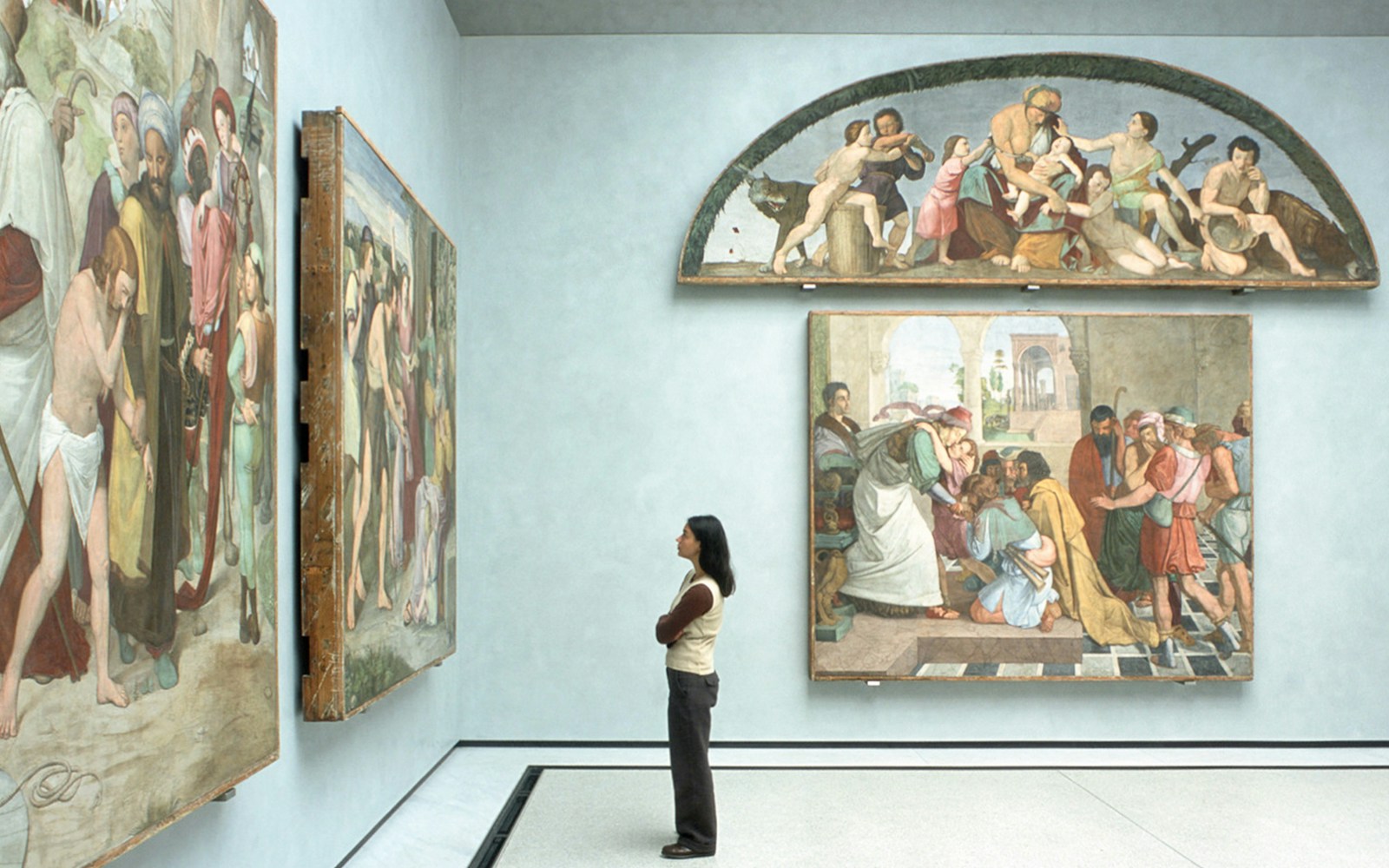
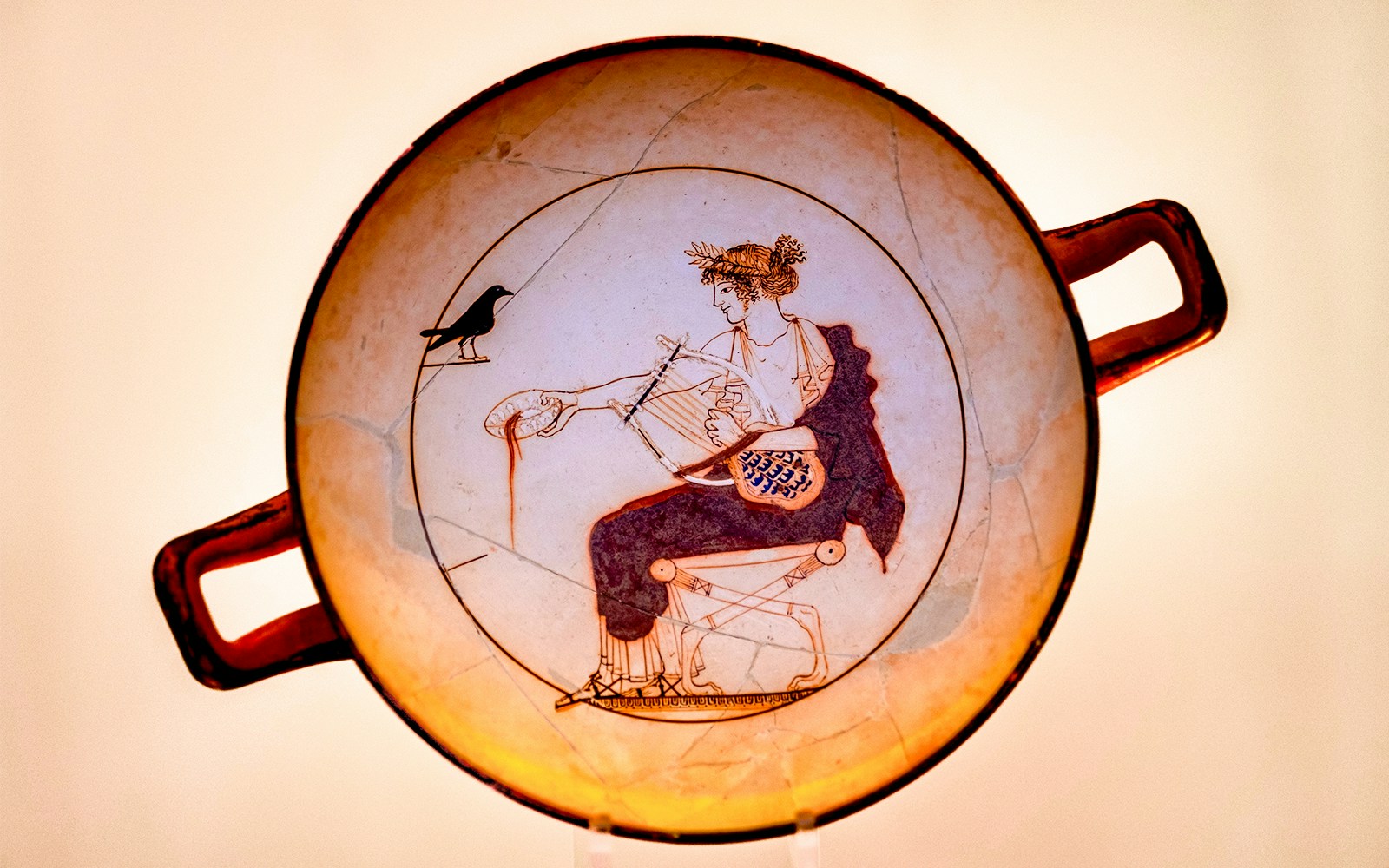
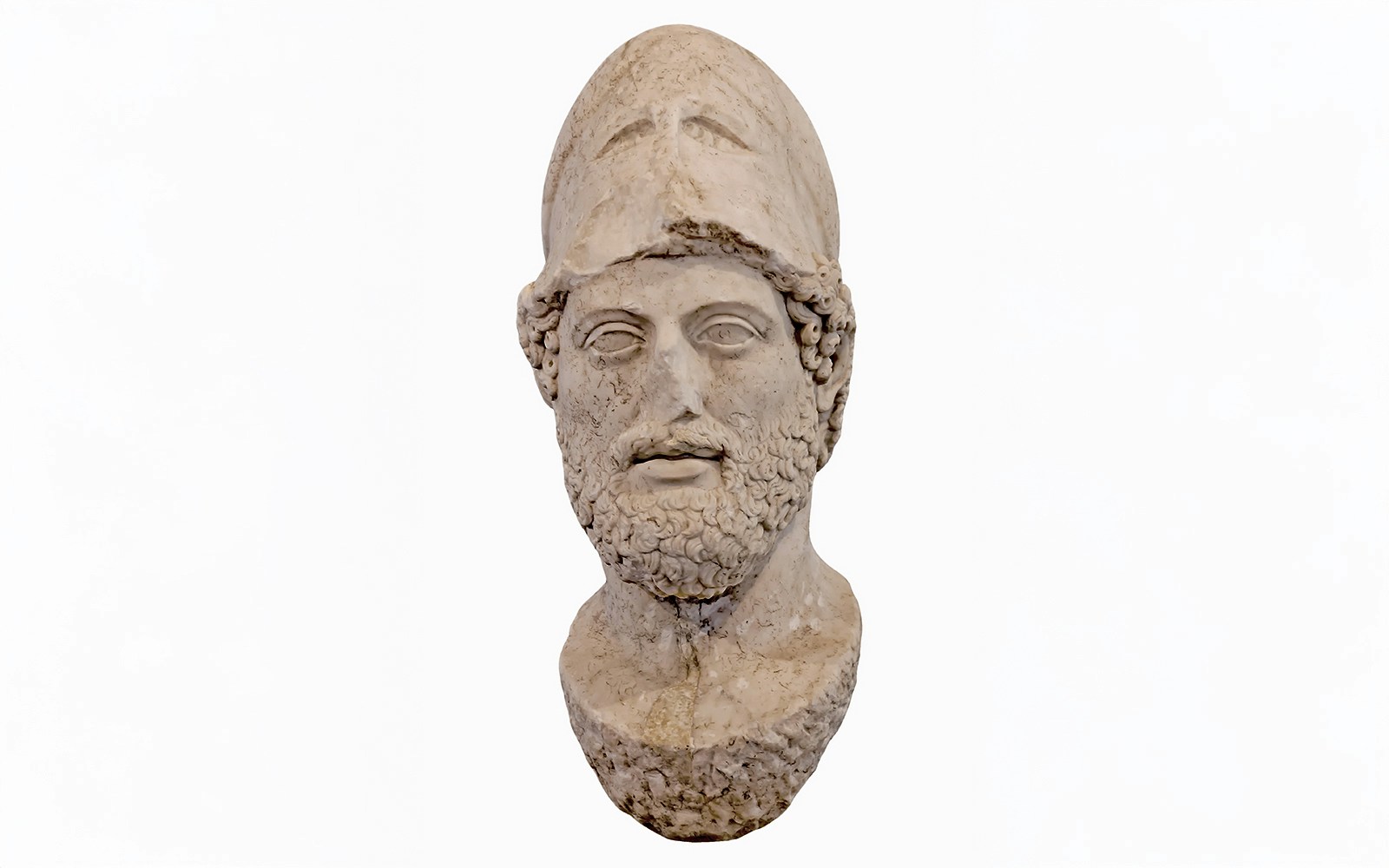
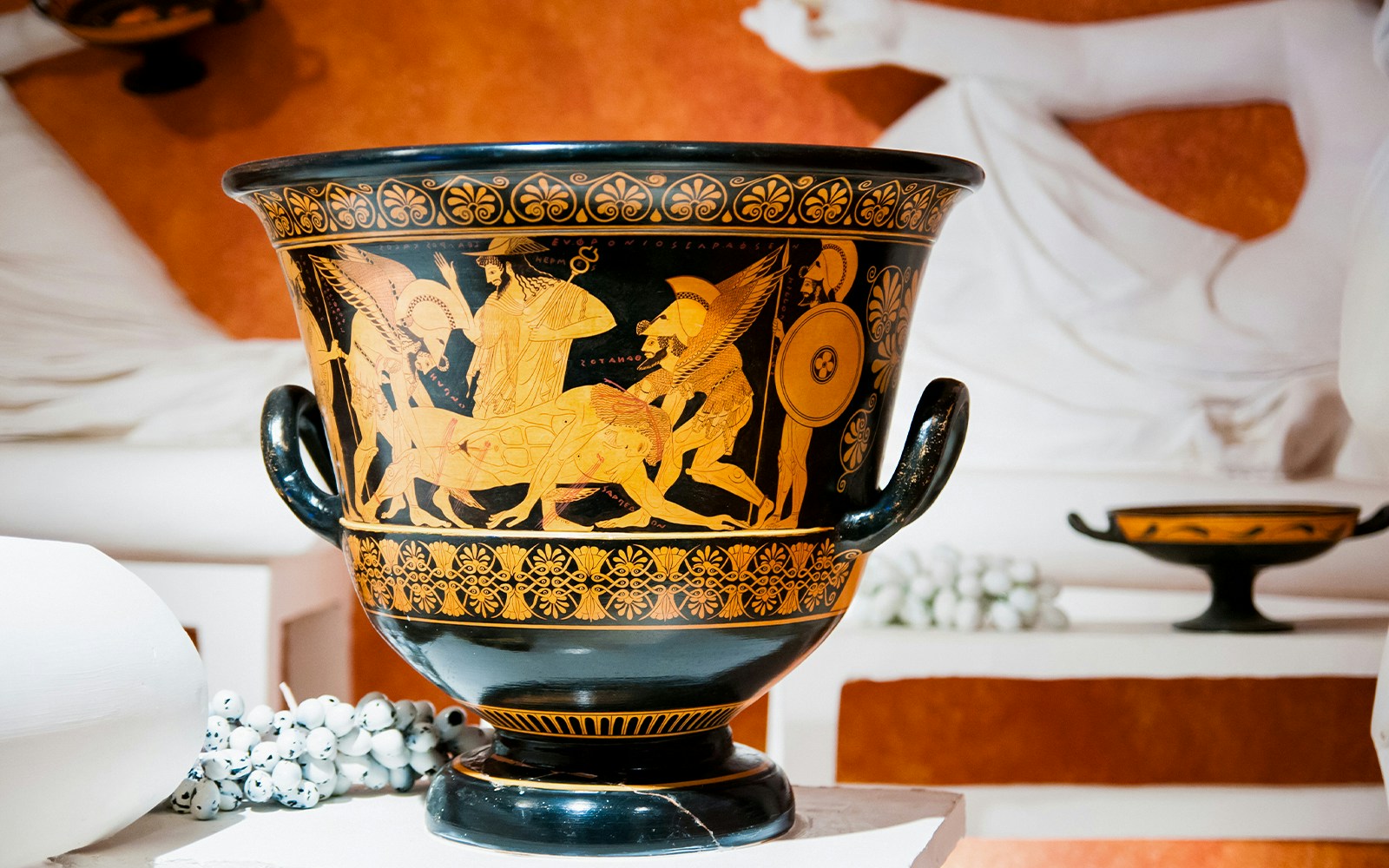
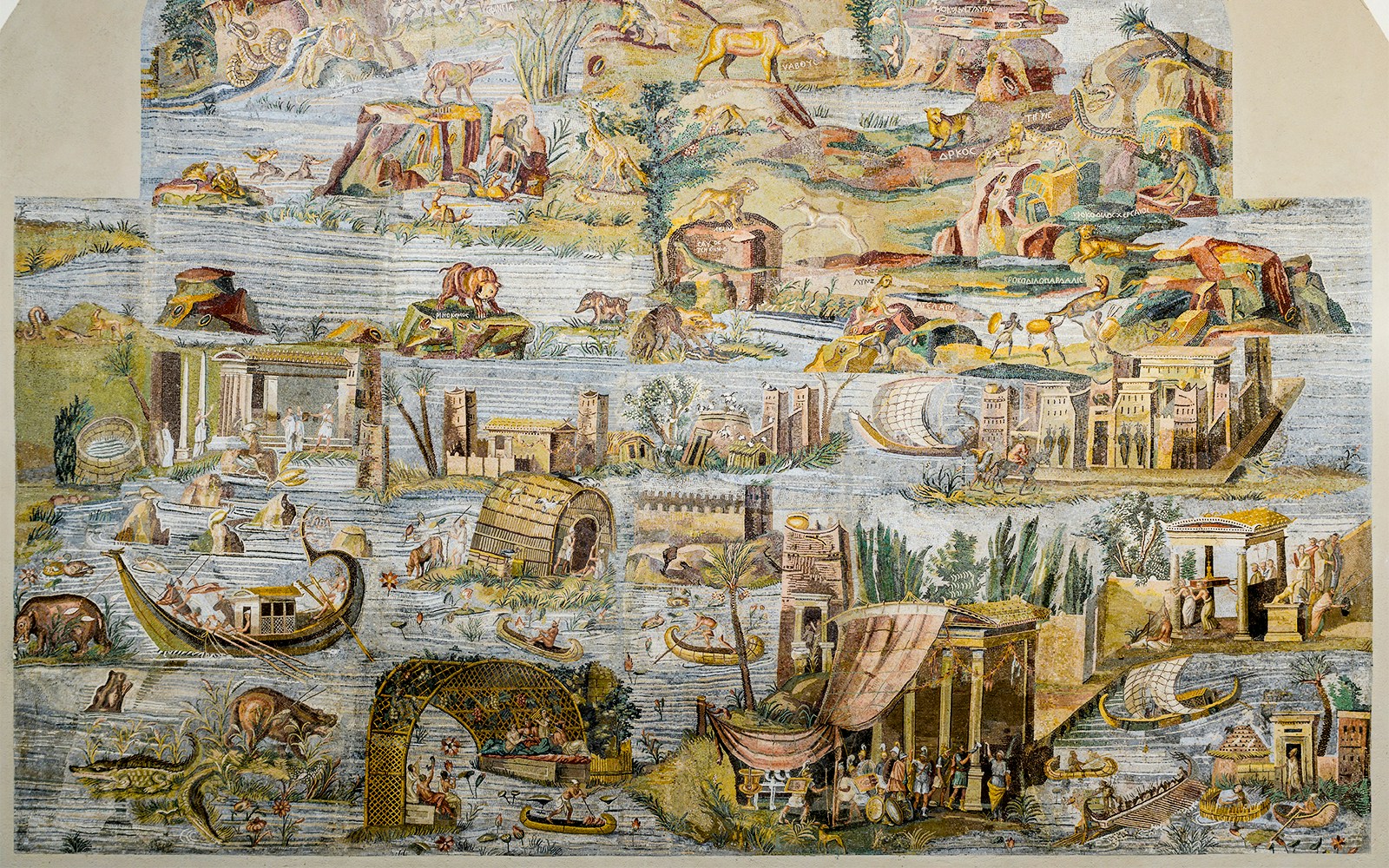
What’s on | Explore the latest exhibitions
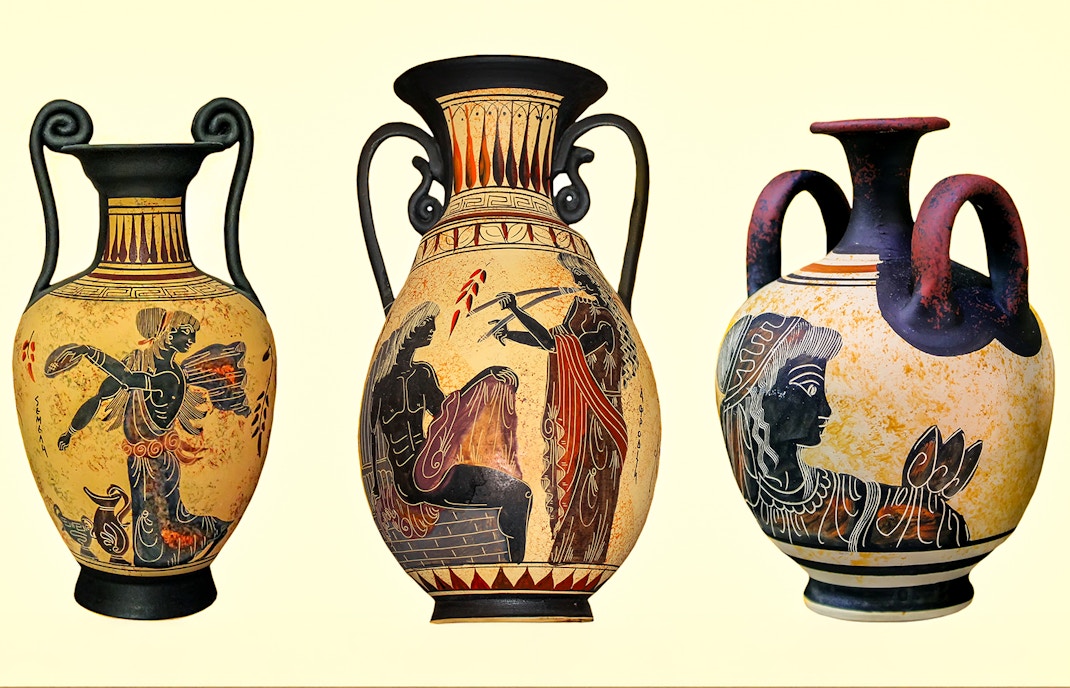
Goddesses and Consorts: Women in Ancient Myth
From: May 2024 to May 2025
Explore the powerful roles of women in ancient mythology, from revered goddesses like Athena and Hera to mortal heroines and mythical consorts, through sculptures, pottery, and artifacts.
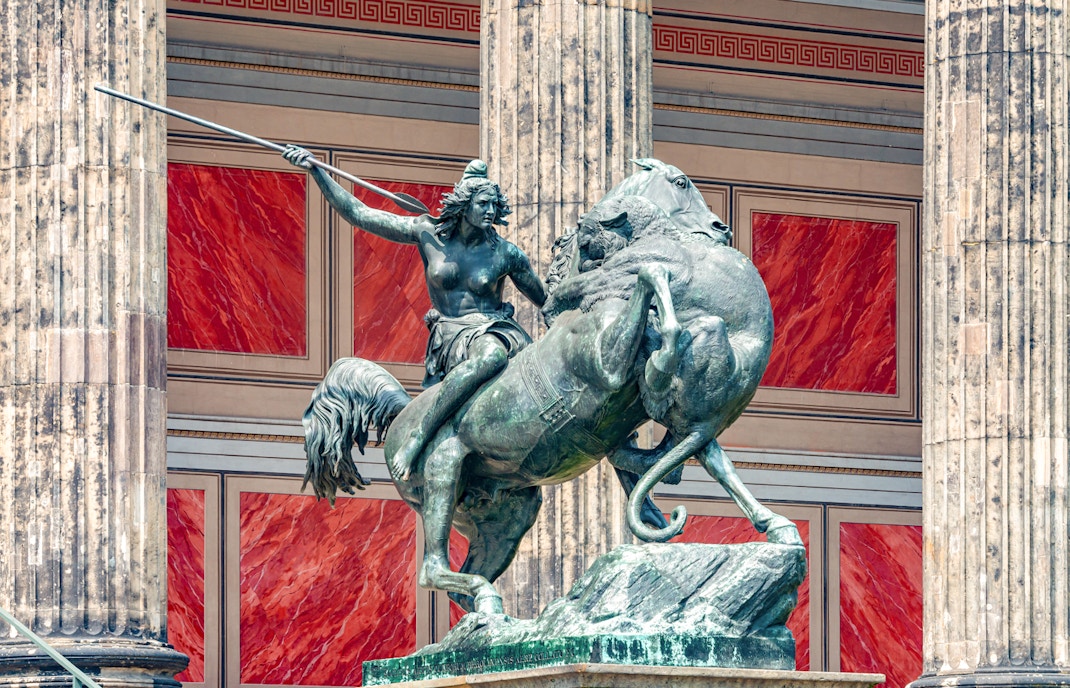
Ancient Worlds: Greeks, Etruscans, and Romans
Until further notice
Featuring Greek statues, Etruscan burial artifacts, and Roman imperial portraits, this collection offers a deep dive into the interconnected worlds of trade, politics, and mythology that shaped the ancient Mediterranean.
Hands-on history | Upcoming workshops and events

Invitation to Pause (Einladung zum Verweilen)
March 8, 2025
A slow art workshop designed for adults, including those with impairments, allowing you to engage deeply with selected pieces through extended observation and discussion.
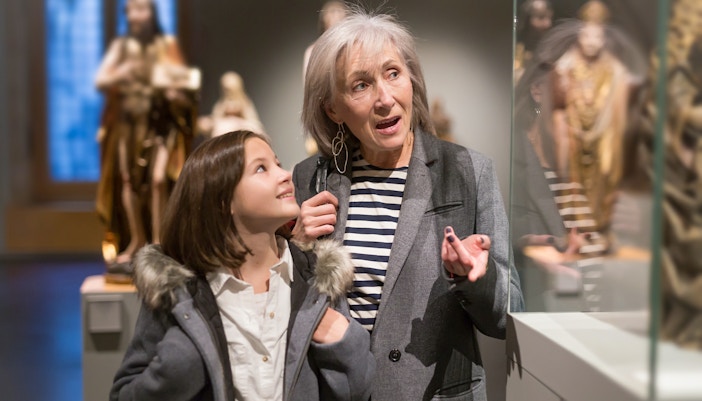
Oh My Goddess
March 8, 2025
An interactive workshop about the myths, symbolism, and artistic depictions of goddesses in ancient art.
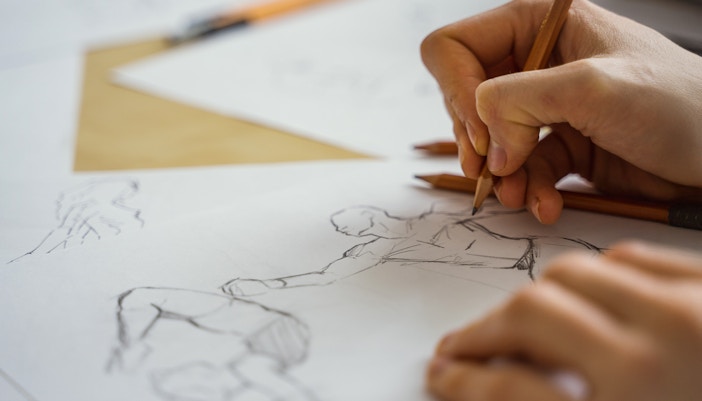
Figure Drawing!
March 16, 2025
A hands-on drawing workshop where participants sketch the human form, inspired by classical sculptures in the museum.
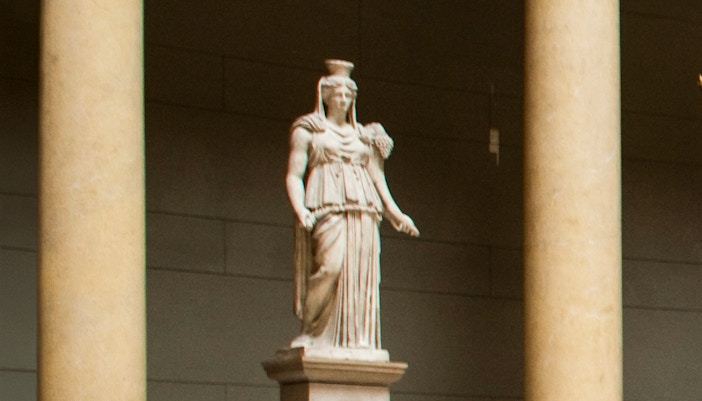
Fortuna – What is Luck?
March 16, 2025
A hands-on workshop for children aged 6 to 12, exploring the ancient concept of luck and how different cultures viewed fortune and fate.
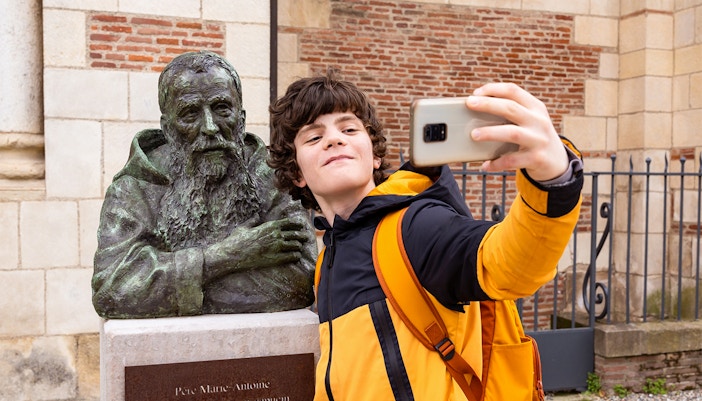
From Selfie to Emperor: Self-Portraits (Vom Selfie zum Kaiser: Selbstporträts)
April 12, 2025
A fun art workshop for families where kids can explore self-portrait styles, from ancient emperor busts to modern selfies.
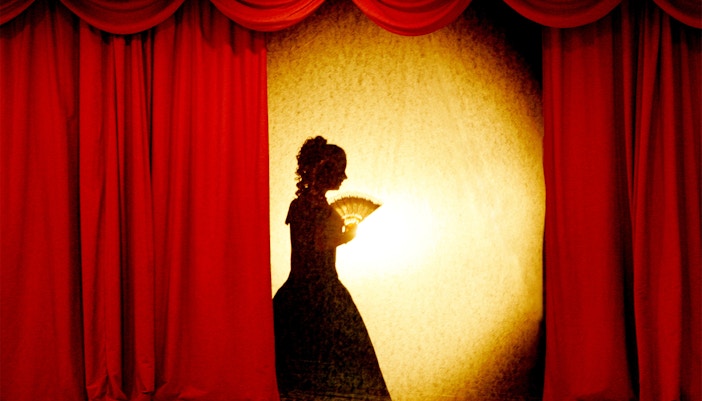
Action in Shadow Theater (Action im Schattentheater)
April 16, 2025
A multi-day workshop for children (ages 9 to 12), introducing the art of shadow theater, where kids create and perform their own shadow plays.
A Neoclassical marvel | The architecture of Altes Museum
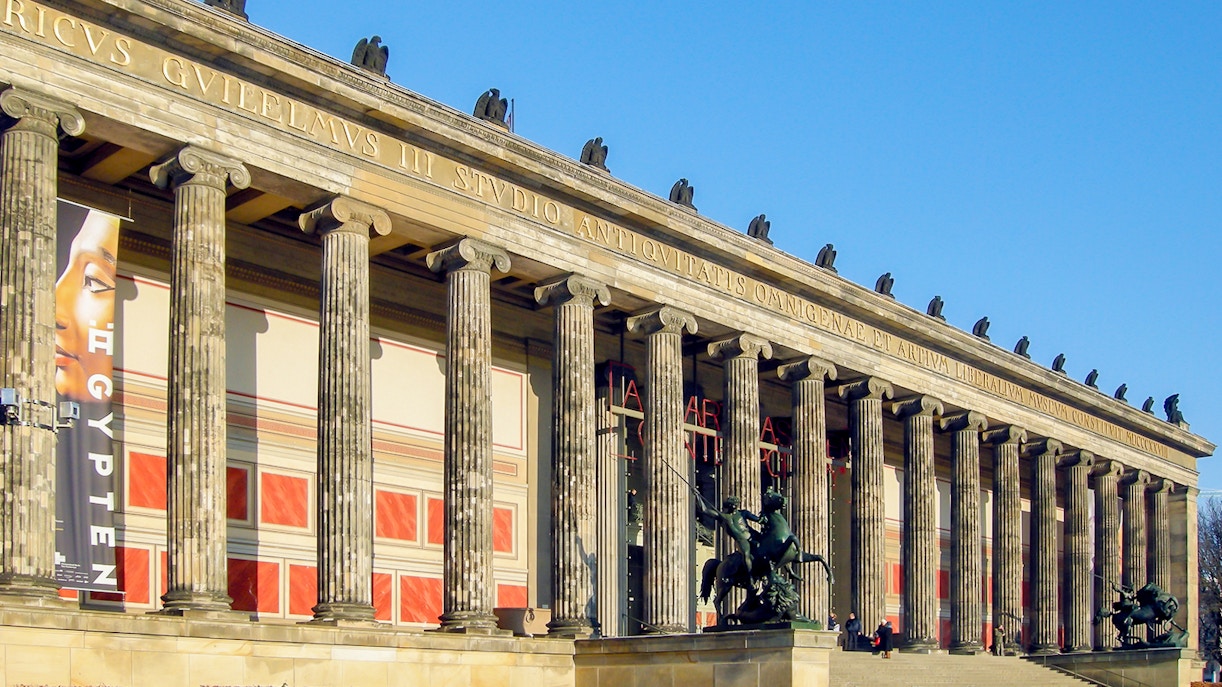
- The grand entrance: The museum’s colonnaded facade, featuring 18 Ionic columns, is modeled after the stoa of an ancient Greek temple, giving it an imposing yet elegant presence on Museum Island. Above the entrance, an inscription in Latin dedicates the building to ‘the study of all antiquity’.
- The iconic rotunda: One of the most striking features inside the Altes Museum is its Pantheon-inspired rotunda. This space is lined with towering statues of Greek and Roman deities. The oculus (circular opening) above lets in natural light, illuminating the central space and adding to its dramatic effect.
- The central staircase: Beyond the rotunda, a wide central staircase leads to the upper galleries. The surrounding halls showcase coffered ceilings, intricate friezes, and decorative pilasters, reinforcing the museum’s Neoclassical elegance.
- Exhibition spaces: The exhibition halls are laid out symmetrically, making it easy to explore without feeling overwhelmed. Schinkel’s design plays with light and shadow, bringing out the rich textures of ancient stone and bronze.
- Latest additions: Today, modern climate control, LED lighting, and digital installations subtly enhance the space while maintaining its historical integrity.
Frequently asked questions about the Altes Museum
While most exhibits focus on classical antiquities, special exhibitions like ‘Goddesses and Consorts: Women in Ancient Myth’ and ‘Ancient Worlds: Greeks, Etruscans, and Romans’ offer digital reconstructions, touchscreens, and audio guides.
Most artifacts are authentic, but certain fragile pieces, like ancient glassware, delicate frescoes, and select coins, are displayed as high-quality replicas to prevent deterioration.
Permanent collections remain the same, but special exhibitions rotate every 6 to 12 months, featuring new themes and rare loans from international museums.
Absolutely! The Etruscan burial artifacts, rare ancient coins, and the only surviving painted portrait of Emperor Septimius Severus are hidden gems most people overlook.
Yes, you can click pictures for personal use in most areas, but flash, tripods, and selfie sticks are not permitted.




